Qualcomm’s reputation has not been great in the past two years.
Previously, the Snapdragon 888 had issues with overheating, causing the chip to throttle easily during critical moments. Qualcomm even released the 865++ as a workaround with the 870.
The latest flagship processor from Qualcomm, the Snapdragon 8 Gen1, released at the end of last year, looks very powerful in terms of architecture and performance, utilizing ARM’s latest Armv9 architecture.
It features a 3.0 GHz core based on Cortex-X2, three 2.5GHz high-performance cores based on Cortex-A710, and four 1.8GHz efficient cores based on Cortex-A510. The manufacturing process has been upgraded from the Snapdragon 888’s Samsung 5nm to Samsung’s 4nm.
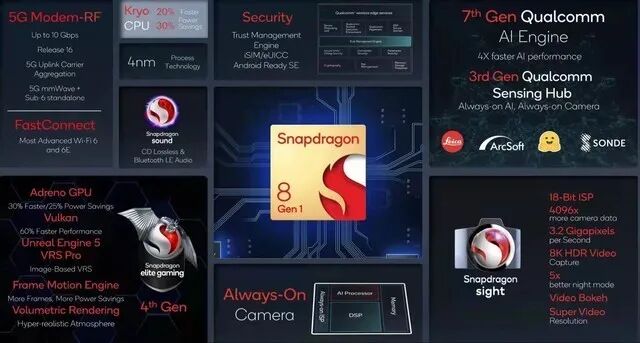
Qualcomm is confident that compared to last year’s model, the Snapdragon 8 Gen1 will provide up to a 20% performance boost and up to 30% energy efficiency.
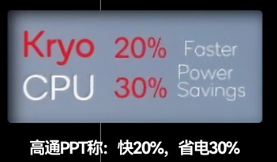
However, the results are well known.
According to Geek Bay’s tests, the single-core score of the Snapdragon 8 Gen1 is only 65 points higher than the previous Snapdragon 888, translating to just a 5.7% improvement, which is even less than the A13 from three years ago. The multi-core score is only 57 points higher than the previous generation, translating to a mere 1.5% improvement. With all cores replaced, the performance gain is minimal, which is quite ridiculous.
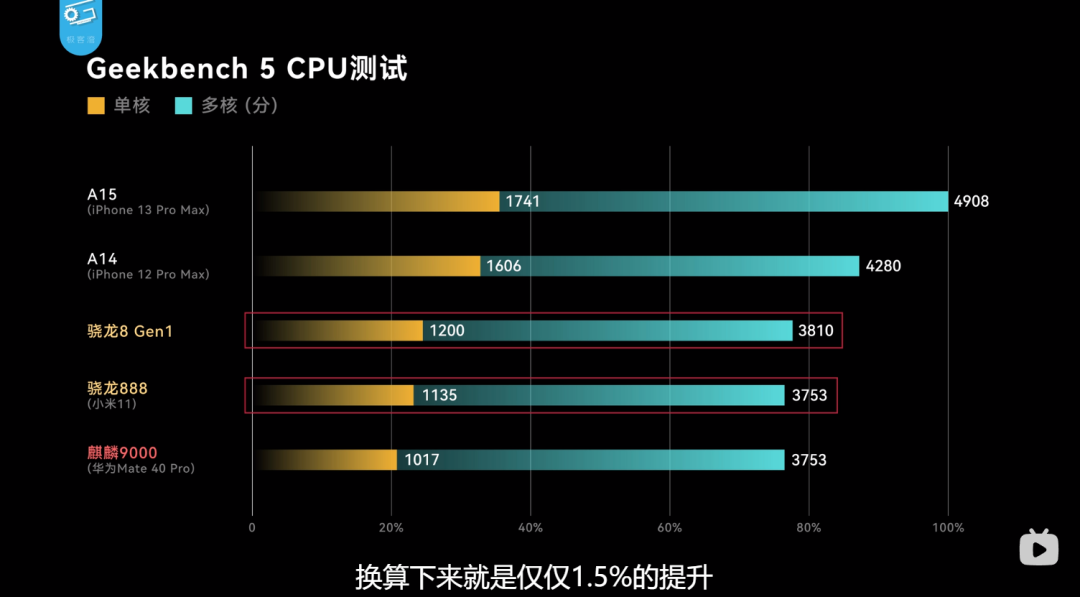
* Image source: Geek Bay
It’s one thing for performance to stagnate, but what’s even more outrageous is that power consumption has actually increased.
In CPU power tests, the Snapdragon 8 Gen1 consumes 4.2W for single-core and 11.1W for multi-core.
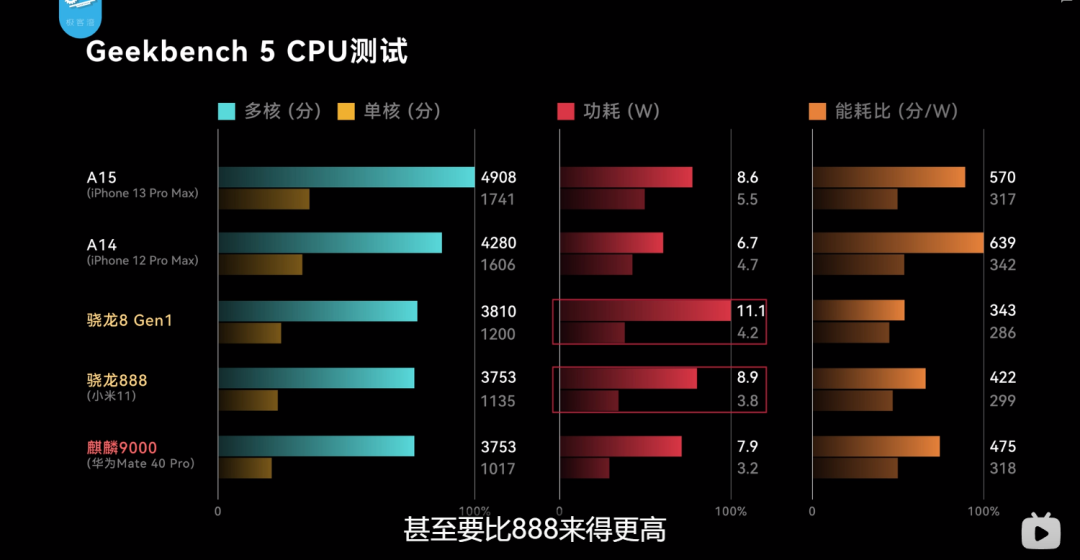
* Image source: Geek Bay
As for the peak power consumption of the GPU under the same testing conditions, it has also reached 11.2W, which is even higher than the CPU…
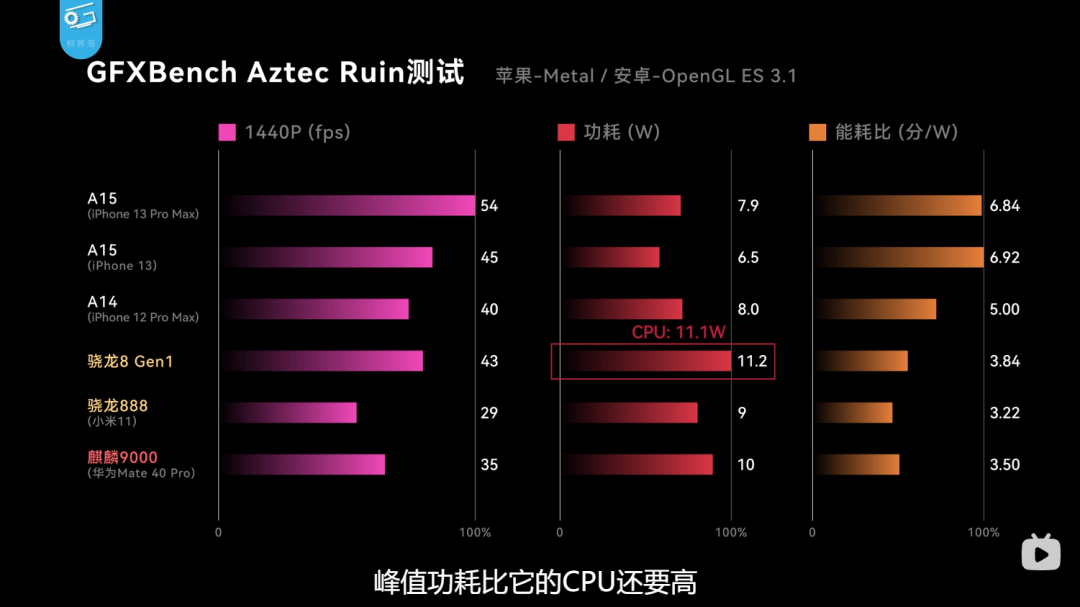
* Image source: Geek Bay
The only notable upgrade seems to be the performance of the GPU based on the new Adreno 700 architecture, which shows a 57% improvement compared to the Snapdragon 888, nearing the performance of the A15.
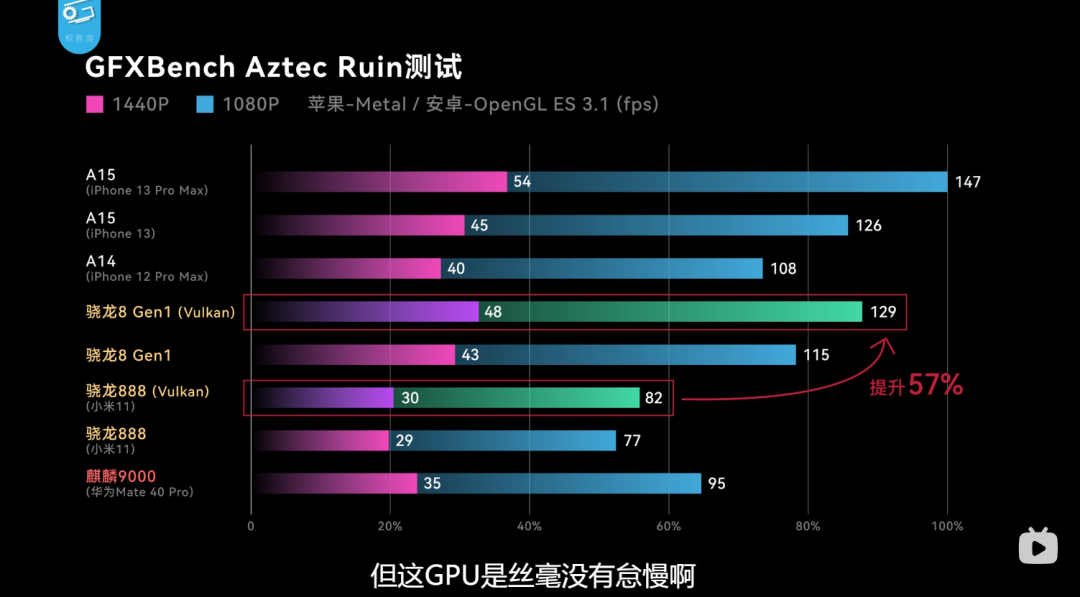
* Image source: Geek Bay
However, a problem arises as both CPU and GPU power consumption have exceeded 10W. Users will inevitably experience throttling due to excessive heat during high-load operations, so the performance of the Snapdragon 8 Gen1 can be aptly described as “three seconds of true manliness”.

As a result, you can see that recent smartphone releases have been heavily promoting cooling technologies.
The Realme GT 2 Pro claims its diamond ice core cooling system Plus has a total of nine layers of cooling structure, including diamond gel with excellent thermal conductivity, more efficient tempered VC, and 3D multi-layer graphene.
The Xiaomi 12 Pro states it has built a three-dimensional temperature control system, equipped with a new generation of intelligent temperature control system, using ultra-thin VC liquid cooling materials to effectively reduce core temperatures.
The newly released K50 Gaming Phone features a three-dimensional cooling system, employing a heat source separation layout and zoned temperature control scheme. The dual VC liquid cooling achieves an industry-leading area of 4860mm², along with graphene, 3D high-power graphite, and second-generation aerospace graphene as auxiliary cooling materials.
It can be said that manufacturers are going to great lengths to tame this fiery dragon. Lu Weibing even stated at the launch event: “I know everyone may not be very satisfied with this chip.”

Of course, Qualcomm’s Snapdragon 8 Gen1 is not the only chip option. Its competitor, MediaTek’s Dimensity 9000, scores higher in both single-core and multi-core tests than the Snapdragon 8 Gen1, with better power consumption control. Although it is weaker in GPU performance compared to the Snapdragon 8 Gen1, its power consumption is more restrained.
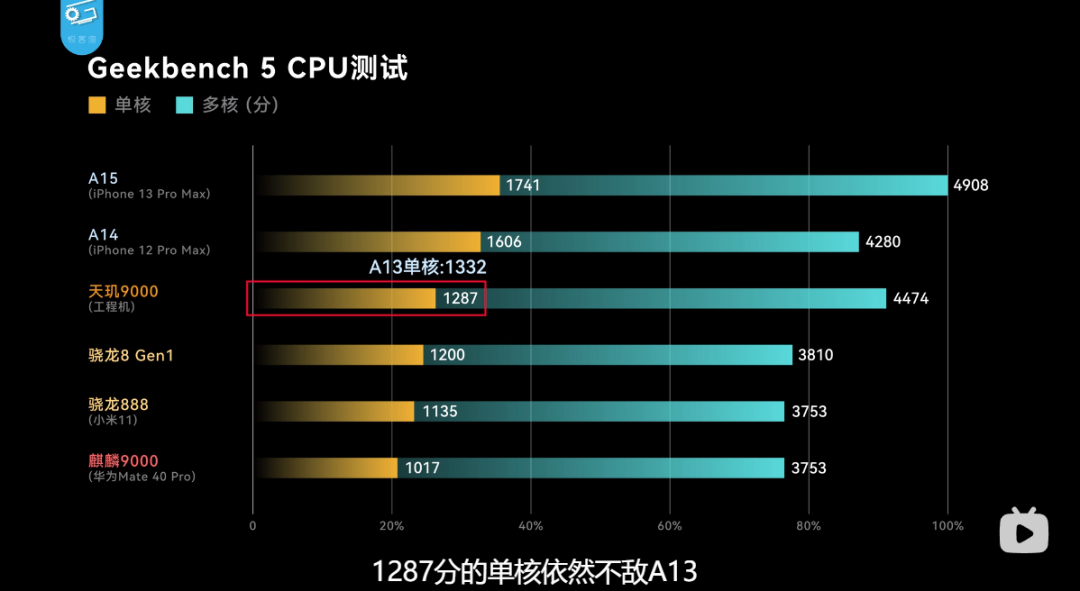
* Image source: Geek Bay
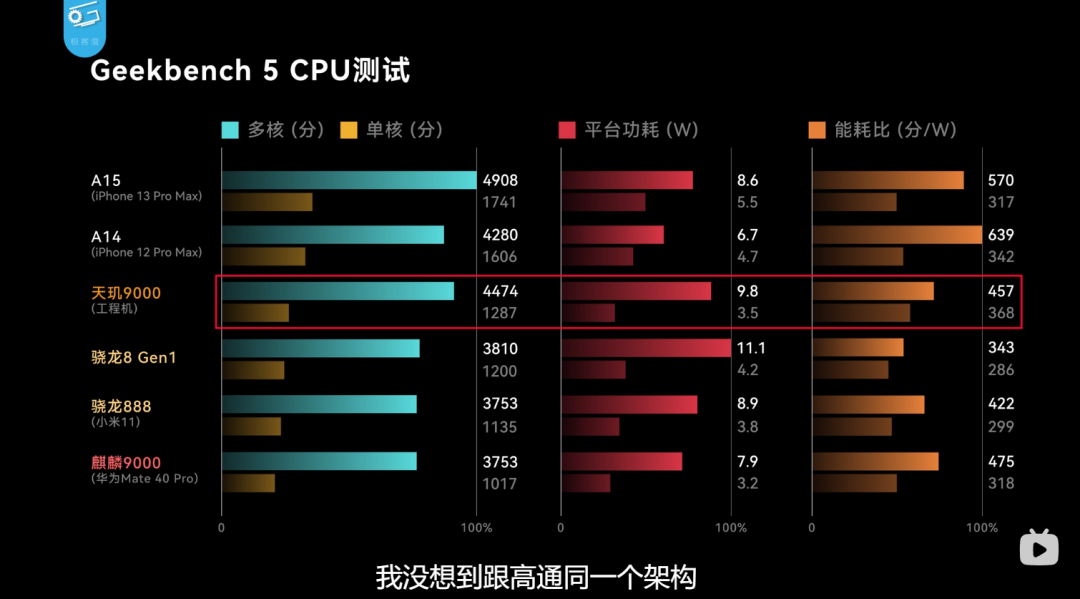
* Image source: Geek Bay
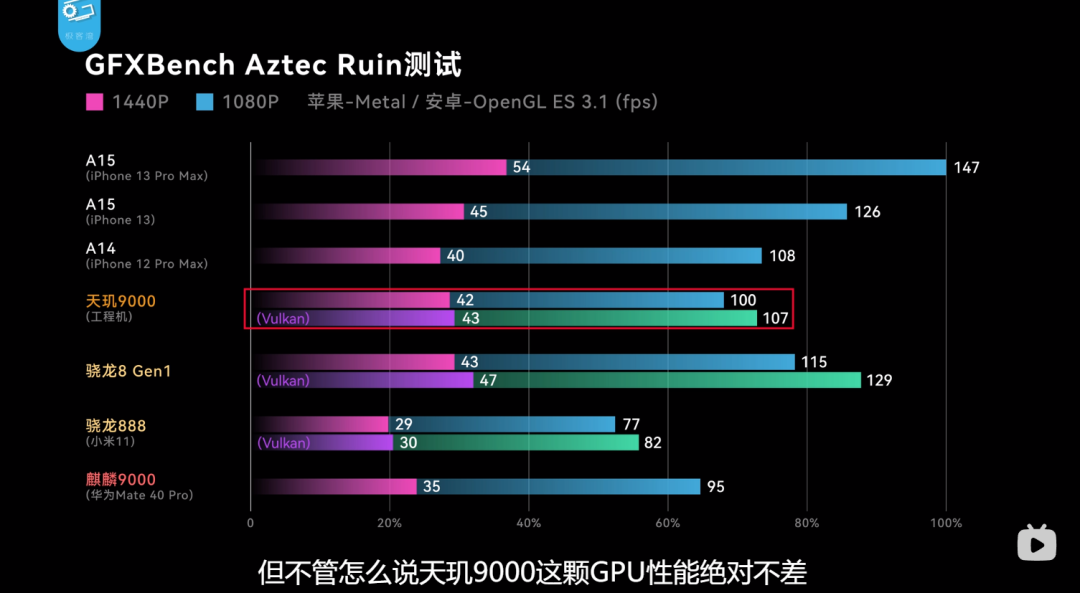
* Image source: Geek Bay
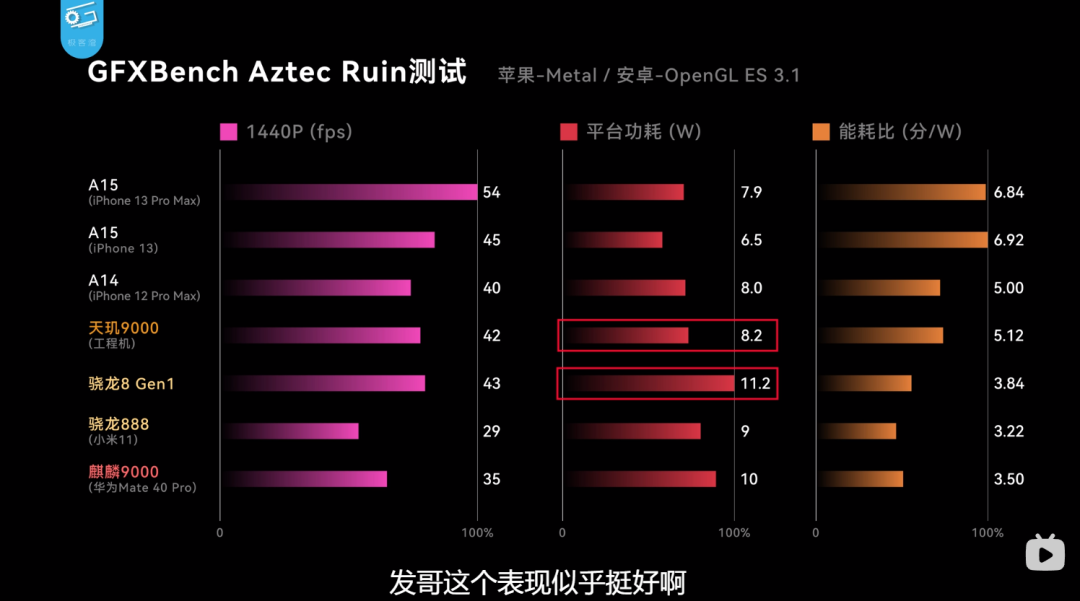
* Image source: Geek Bay
Who is better and who is worse, no need to elaborate further.

However, Qualcomm’s Snapdragon 8 Gen1’s shortcomings can partly be attributed to Samsung. The fact that major manufacturers like Apple, MediaTek, NVIDIA, and Sony primarily rely on TSMC for production indicates that Samsung’s process maturity is indeed not ideal.
But, even if I can’t compete, I can choose to join!
Indeed, Qualcomm has finally learned from its mistakes and turned to TSMC.
According to industry insider @MobileChipExpert, Qualcomm’s next-generation flagship processor will be named Snapdragon 8 Plus, manufactured by TSMC using a 4nm process, and will start shipping in the second quarter of 2022. From the third quarter onwards, there will be over 50,000 units produced each quarter, and the current yield rate has exceeded 70%, significantly higher than the 4nm Snapdragon 8 produced by Samsung.

However, based on the historical upgrade patterns of Qualcomm processors, this Snapdragon 8 Plus flagship processor will likely still enhance performance by increasing CPU or GPU frequencies.
In terms of architecture, it will still follow the three-cluster design of the Snapdragon 8, with the large core being Cortex X2, Cortex A710, and the small core being Cortex A510, which will not change.
Will increasing the frequency allow for better power consumption control? Although TSMC’s process technology is more mature, this is still a concern.
Some users have expressed that maintaining the original frequency while reducing power consumption and heat, and increasing battery life would be a better choice.

In response, the author has their own views. The Snapdragon 8 Plus will definitely not be designed as suggested, because for a company that specializes in providing technical research and development support for chips, the priority is often on promotional effects. The performance improvements from increasing frequencies are more beneficial for marketing and stimulating consumer upgrades.
We can only hope that Qualcomm, while launching the new Snapdragon 8 Plus, also allows the older Snapdragon 8 Gen1 to benefit from TSMC’s process advantages, providing users with a relatively good choice.
In summary, without Huawei’s Kirin chip as a strong competitor, Qualcomm seems to be getting weaker year by year, and Apple is also playing the youth version of processor strategy.
As consumers, choosing Qualcomm means dealing with overheating and throttling, while choosing Apple often feels like performance is being throttled. Fortunately, this year, MediaTek appears to be able to compete with Qualcomm based on the data, providing another option.
Finally, we still look forward to Huawei overcoming various obstacles and rejoining the chip race!
Looking forward to Huawei’s revival of the Kirin chip